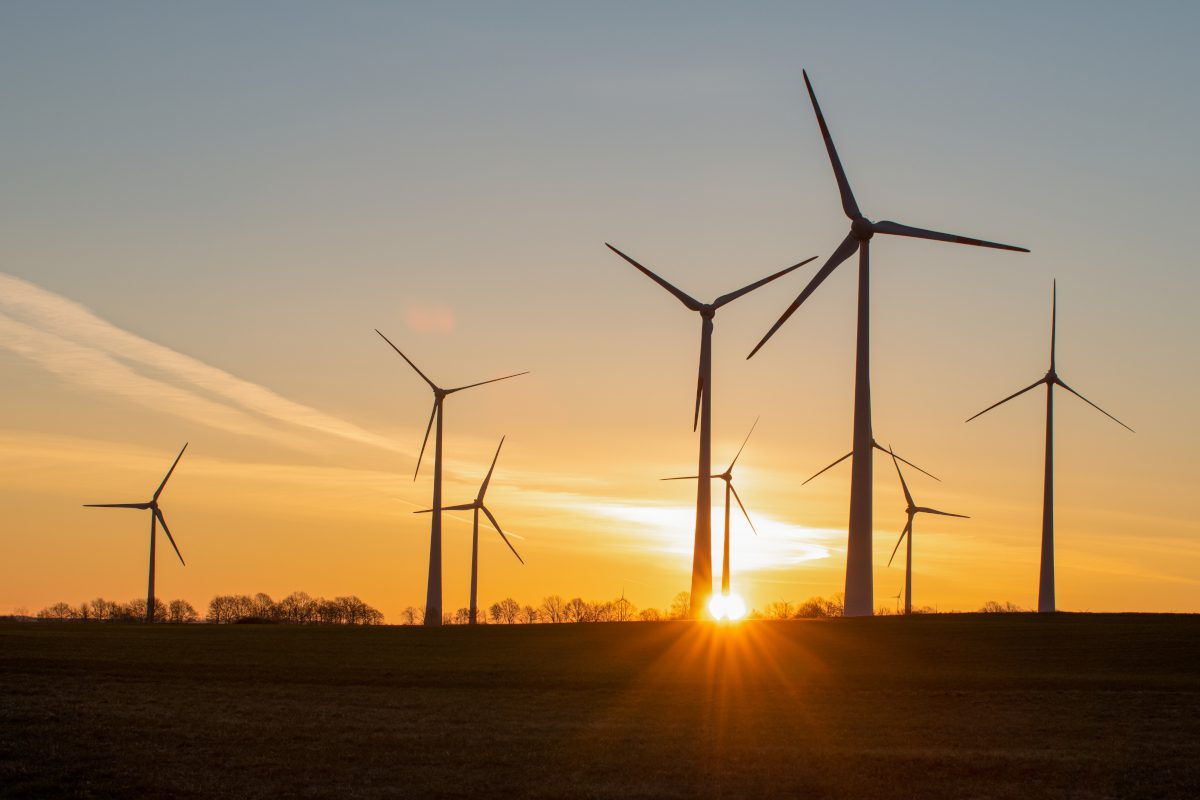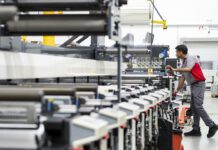
Dr Charlotte Stamper writes
As the impact of climate change has become more obvious and extreme in recent years, Scotland has emerged as a global leader in one of the most important solutions: renewable energy. Yet, while businesses and policymakers have worked hard to ensure we can capitalise on this success, a small but vocal minority continue their campaign to undermine it.
In September, the media reported that the decommissioning of wind turbines had become a “major headache” for the industry and quoted Scotland Against Spin – a campaign group whose stated aim is to “fight turbine proposals”.
As one of the companies working to recycle these turbines – and to create a sustainable, circular economy for the materials they contain – EMR is in a great position to correct this narrative.
Firstly, it is important to note that most wind turbines “pay back” the carbon impact of their production within their first year of operation and go on to provide decades of clean energy.
The very first wind turbines to be erected in Scotland are now reaching the end of their operational lives but, rather than creating a “major headache”, EMR and others are already busy recycling them.
And these turbines are proving to be a rich source of high-quality, low carbon recyclable material. Around eighty-five percent of a wind turbine is made from steel which is easy to recycle and can be melted down and reused infinitely.
Copper, aluminium and even concrete can – and are – being recycled as these turbines are being decommissioned. In addition, EMR recently launched Re-RE Wind, a project which will create a sustainable, circular economy for the rare earth magnets that offshore wind turbines contain, boosting the UK’s resource security and avoiding the nature-depleting mining of virgin material.
And there are opportunities to go further. At its workshop on the coast of Argyll & Bute, Scottish SME Renewable Parts employs local people to refurbish valuable components from end-of-life wind turbines, and supplies them back to the industry in place of those made from virgin metals.
It is true to say that recycling turbine blades – which represent about 10 percent of the weight of a whole turbine – isn’t as simple, but it is a challenge that engineers, entrepreneurs and recyclers are tackling around the world.
Scottish-based company Re-Blade is using these blades – made from a combination of balsa wood and fiberglass – to build furniture and bike shelters.
On a global scale, major wind turbine owners, blade manufacturers, and recycling companies such as EMR, are all investing huge sums of money into developing industrial scale recycling solutions for blades. This technology is still in its infancy and larger scale recycling options will undoubtedly soon emerge.

Therefore, far from being a sign of a “major problem”, as reported in the media, the news that a relatively small number of end-of-life turbine blades have been put into storage seems like a sensible step to take while the industry waits for new, high quality, recycling processes to be developed.
Wind power is one of our greatest weapons in the fight against climate change, and Scotland has a bountiful supply of this clean, cheap energy. We absolutely can’t afford to delay the roll-out of new wind turbines simply because we don’t yet have perfect end-of-life solutions for a small amount of easily-available material.
At EMR we believe that old assets are a key material bank for new infrastructure, which is why we are investing in new recycling processes to help the renewables industry become even greener.
Along with many other innovative, dedicated businesses across Scotland – we’re busy making sure our communities can take advantage of the benefits renewable energy brings.






